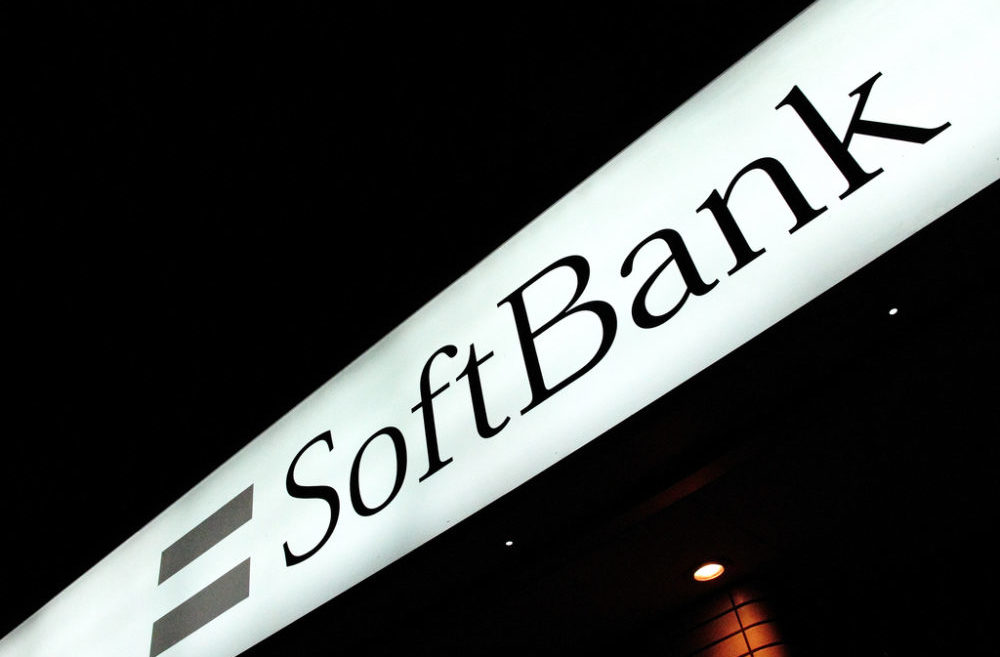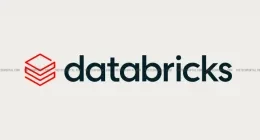Uber is the world’s most valuable startup. And it did not get there by sitting on its haunches and letting things take place as they would .The company is known for bringing disruption to the niche it operates in and along the same, we have gotten wind of something the company may be doing to double guess its customers at a very psychological level. Apparently, Uber is testing a new pricing system that charges customers based on what they are willing to pay.
In an interview with Bloomberg, the company talked about a new pricing system that is called route based pricing and that charges the customers based upon what the company thinks they might be willing to pay. This is in sharp contrast to how thing have traditionally been done and how Uber. has been known t calculate fares based upon the route, traffic, time taken and so on.
With route based learning, Uber is basically deploying machine learning to calculate how much people would be wiling to pay for a particular ride. So it goes like this A, B and C are three neighborhoods of a town. While A and B are plush, upper class areas, C belongs to daily wage workers. Now, a person going from A to B, may just find himself getting charged more than a person going from A to C — although, he won’t know about this disparity of course. This particular mode of pricing is already active in as many as 14 US cities.
Meanwhile, Uber is also attempting to quell driver’s dissatisfaction regarding the difference in the amount paid by a passenger and that received by them. Reportedly, the gap between these two factors has only been going up with time. Uber has taken cognizance of these concerns and the company said that it will start informing driver’s of the exact price a passenger pays on each ride.
The company has also been working with a in-house team of economists and statisticians to improve the company’s pricing techniques and ensure that it is able to stay ahead of competitors with regards to the amount of profits it can juice out of every ride.
Google search is very simple to do; it’s very complex what’s happening behind the scenes. The same thing here. Taking a trip is easy. To make this all work in a whole market, and sustainable, is really, really hard.
Meanwhile, the company has also been antagonizing drivers who have caught on to the disparities between what passengers pay and what driver receive. What’s more, the company has not exactly been profiting from this either. Uber says that it has been using all the excess money it has been making to increase the number of trips. And yes, thos having to pay lower fares may just find themselves having to wait longer for their rides.
Chris Knittel, a business professor at the Massachusetts Institute of Technology said:
Society is more willing to accept wealthy people paying higher fares,” said Chris Knittel, a business professor at the Massachusetts Institute of Technology. But if the repercussion of lower fares in lower-income places is longer wait times, that’s probably what they want to keep an eye on.
The Tech Portal is published by Blue Box Media Private Limited. Our investors have no influence over our reporting. Read our full Ownership and Funding Disclosure →





